Karim Iskakov
Samsung AI Center
StylePeople: A Generative Model of Fullbody Human Avatars
Apr 16, 2021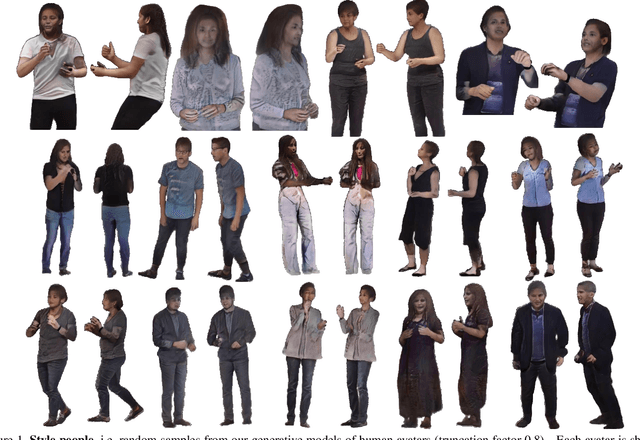
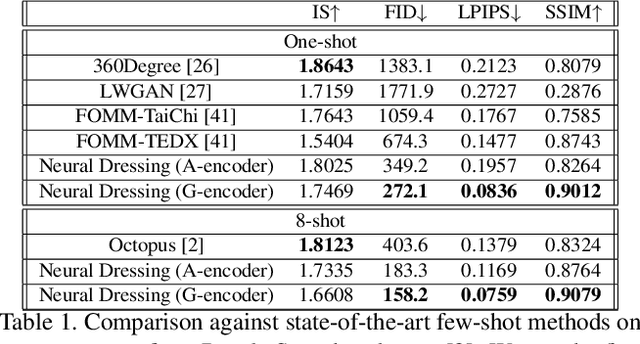
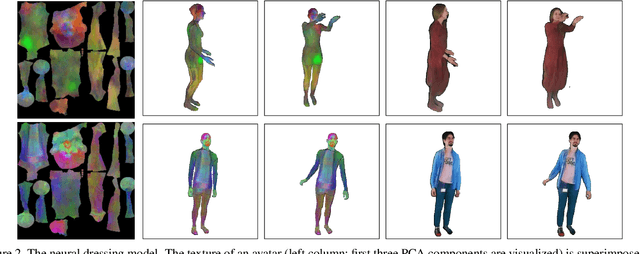
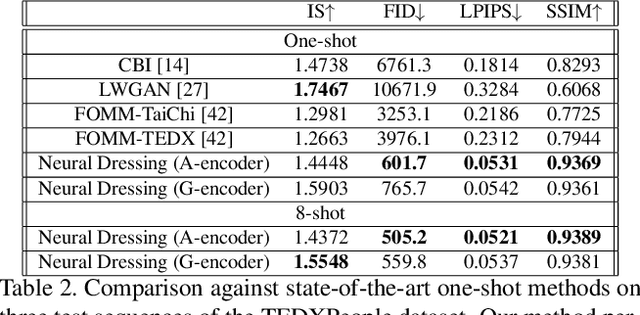
Abstract:We propose a new type of full-body human avatars, which combines parametric mesh-based body model with a neural texture. We show that with the help of neural textures, such avatars can successfully model clothing and hair, which usually poses a problem for mesh-based approaches. We also show how these avatars can be created from multiple frames of a video using backpropagation. We then propose a generative model for such avatars that can be trained from datasets of images and videos of people. The generative model allows us to sample random avatars as well as to create dressed avatars of people from one or few images. The code for the project is available at saic-violet.github.io/style-people.
Real-time RGBD-based Extended Body Pose Estimation
Mar 05, 2021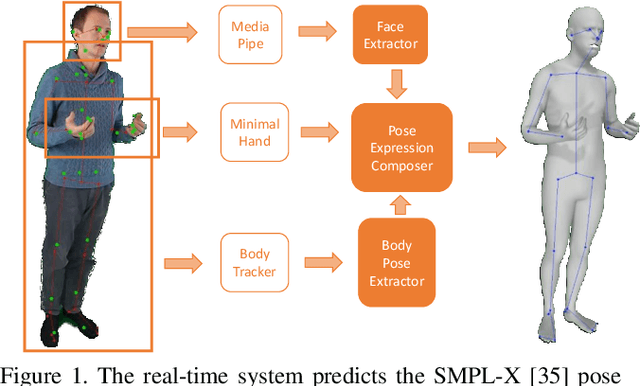
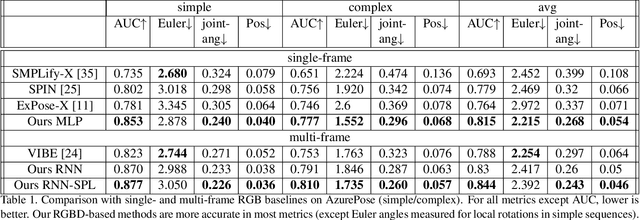


Abstract:We present a system for real-time RGBD-based estimation of 3D human pose. We use parametric 3D deformable human mesh model (SMPL-X) as a representation and focus on the real-time estimation of parameters for the body pose, hands pose and facial expression from Kinect Azure RGB-D camera. We train estimators of body pose and facial expression parameters. Both estimators use previously published landmark extractors as input and custom annotated datasets for supervision, while hand pose is estimated directly by a previously published method. We combine the predictions of those estimators into a temporally-smooth human pose. We train the facial expression extractor on a large talking face dataset, which we annotate with facial expression parameters. For the body pose we collect and annotate a dataset of 56 people captured from a rig of 5 Kinect Azure RGB-D cameras and use it together with a large motion capture AMASS dataset. Our RGB-D body pose model outperforms the state-of-the-art RGB-only methods and works on the same level of accuracy compared to a slower RGB-D optimization-based solution. The combined system runs at 30 FPS on a server with a single GPU. The code will be available at https://saic-violet.github.io/rgbd-kinect-pose
Textured Neural Avatars
May 21, 2019
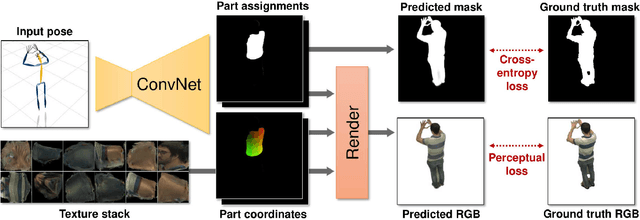
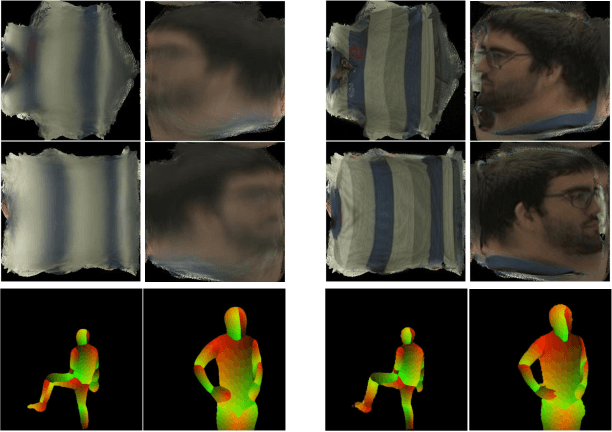

Abstract:We present a system for learning full-body neural avatars, i.e. deep networks that produce full-body renderings of a person for varying body pose and camera position. Our system takes the middle path between the classical graphics pipeline and the recent deep learning approaches that generate images of humans using image-to-image translation. In particular, our system estimates an explicit two-dimensional texture map of the model surface. At the same time, it abstains from explicit shape modeling in 3D. Instead, at test time, the system uses a fully-convolutional network to directly map the configuration of body feature points w.r.t. the camera to the 2D texture coordinates of individual pixels in the image frame. We show that such a system is capable of learning to generate realistic renderings while being trained on videos annotated with 3D poses and foreground masks. We also demonstrate that maintaining an explicit texture representation helps our system to achieve better generalization compared to systems that use direct image-to-image translation.
Learnable Triangulation of Human Pose
May 14, 2019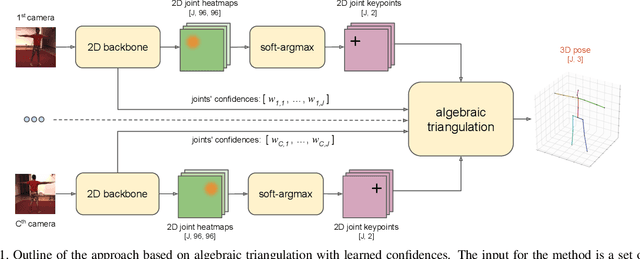
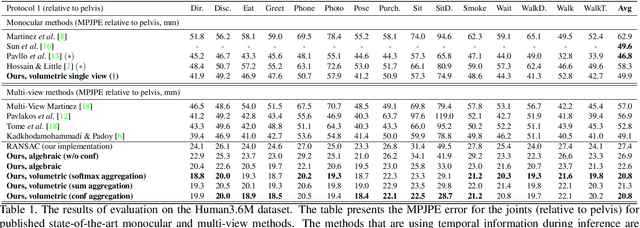
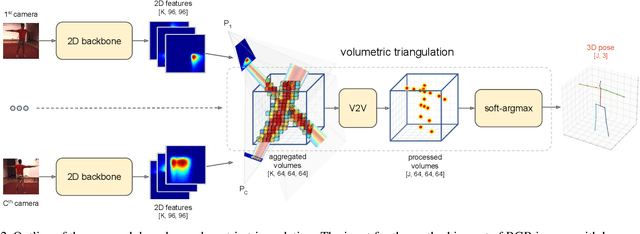

Abstract:We present two novel solutions for multi-view 3D human pose estimation based on new learnable triangulation methods that combine 3D information from multiple 2D views. The first (baseline) solution is a basic differentiable algebraic triangulation with an addition of confidence weights estimated from the input images. The second solution is based on a novel method of volumetric aggregation from intermediate 2D backbone feature maps. The aggregated volume is then refined via 3D convolutions that produce final 3D joint heatmaps and allow modelling a human pose prior. Crucially, both approaches are end-to-end differentiable, which allows us to directly optimize the target metric. We demonstrate transferability of the solutions across datasets and considerably improve the multi-view state of the art on the Human3.6M dataset. Video demonstration, annotations and additional materials will be posted on our project page (https://saic-violet.github.io/learnable-triangulation).
Semi-parametric Image Inpainting
Jul 08, 2018



Abstract:This paper introduces a semi-parametric approach to image inpainting for irregular holes. The nonparametric part consists of an external image database. During test time database is used to retrieve a supplementary image, similar to the input masked picture, and utilize it as auxiliary information for the deep neural network. Further, we propose a novel method of generating masks with irregular holes and present public dataset with such masks. Experiments on CelebA-HQ dataset show that our semi-parametric method yields more realistic results than previous approaches, which is confirmed by the user study.
 Add to Chrome
Add to Chrome Add to Firefox
Add to Firefox Add to Edge
Add to Edge